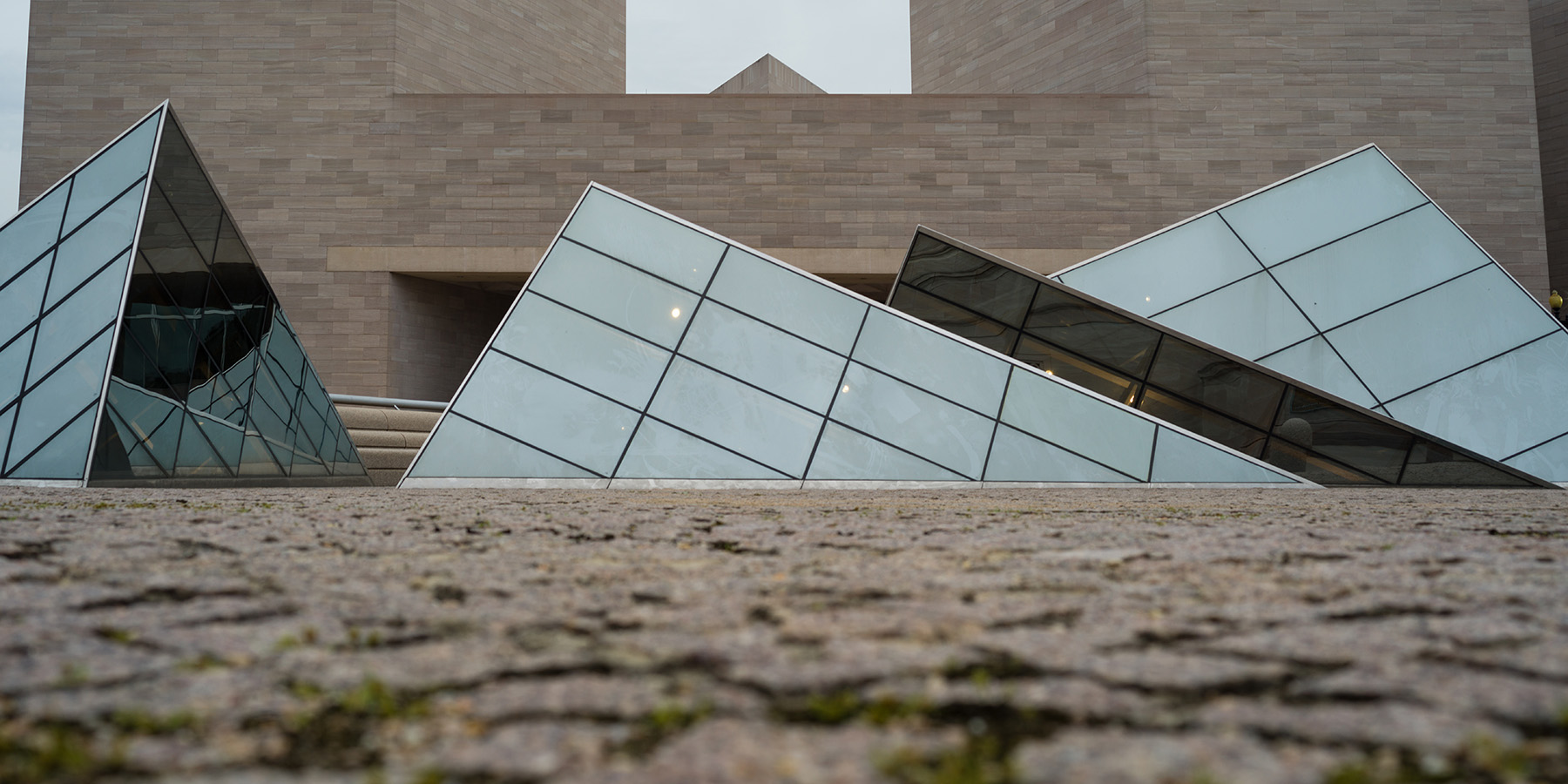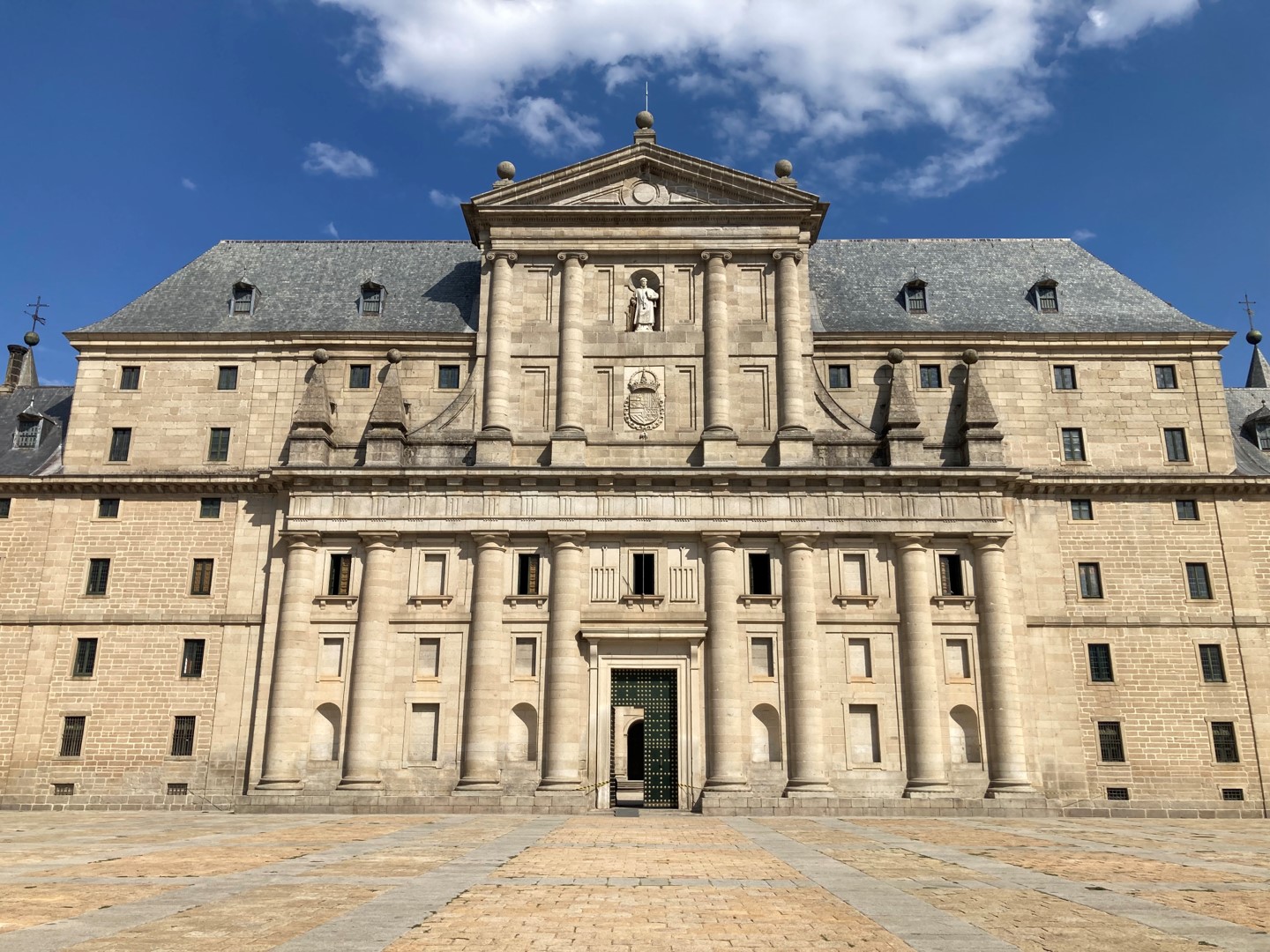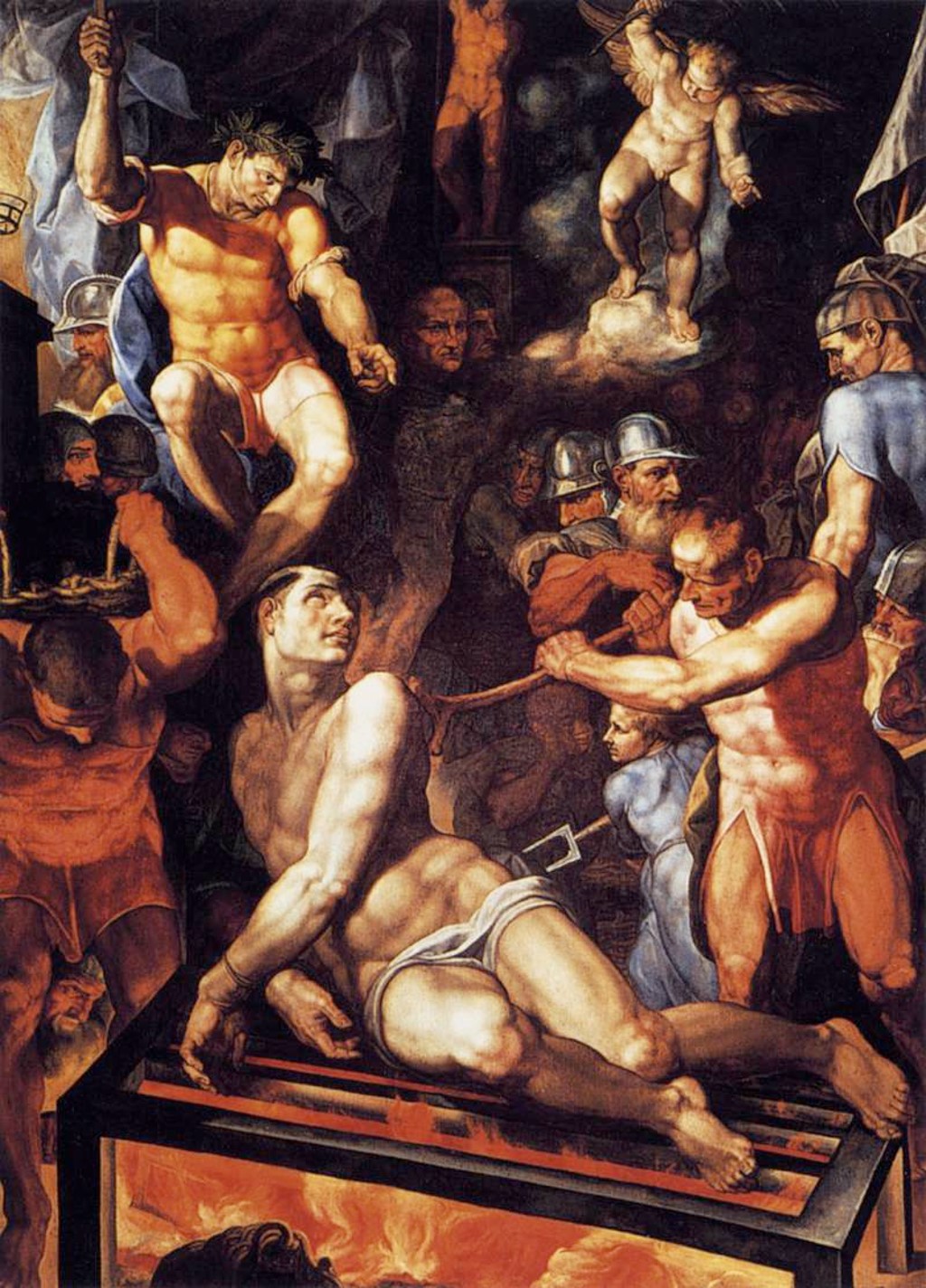The written and physical attacks on sacred art led to a pictorial counter-discourse in the Catholic domains, displacing or subverting Protestant arguments. Outside of Rome, this phenomenon is perhaps best studied in the basilica of San Lorenzo at El Escorial, not surprising considering that the outbreaks of iconoclasm in 1566 in the Netherlands were directed against the Spanish Crown, the implication being that both king and pope promoted idolatry. At El Escorial, I identify ripostes to accusations of idolatry at three levels: in the antithesis between the pagan idol, on the one hand, and the Blessed Sacrament, bodies of saints, and sacred images, on the other; in censorship suppressing unwanted artistic license; and in dissemblance, a strategy of beholding that insists on the nonmimetic nature of the religious image. The first of the three strategies is presently exemplified by Tibaldi’s Martyrdom of St. Lawrence, centrally placed in the retablo over the tabernacle. Above the saint being martyred on the grill sits Emperor Decius, commanding the execution. Behind him at top center is a statue of a nude male, while at right an angel arrives with the palm frond of martyrdom. By creating, through poses, a strong resemblance among the idealized, muscular figures of the emperor, idol, and angel, Tibaldi forces the question of a relationship between pagan idol and sacred image. The Protestants’ accusations of idolatry also involved the Catholics’ attitudes toward relics and the Blessed Sacrament. Hence the presence of the idol next to the saint—one of Lawrence’s bone relics was preserved in the basilica—and above the tabernacle strikes a polemical tone.
Writers of Renaissance artistic literature agreed that painting had culminated in ancient Greece before going through a long period of decline in the aftermath of Christianity’s advent. It was only during the 16th century that painting once more was restored to its former glory, which partly resulted from the study of ancient statuary—that is, pagan idols. Tibaldi addressed the issue head-on for his Catholic audience: the idol is not just the antithesis of the transubstantiated body of Christ in the tabernacle and of the sacred image—in this case, the luminous figure of St. Lawrence. It is also unavoidably bound to the religious image by virtue of having provided its pictorial forms. Embracing so openly the idolatrous Other of the sacred image might be seen as a way to expel any suspicion that church painting based on pagan statuary took more than its beautiful style.
Danish Academy in Rome
Ailsa Bruce Mellon Senior Fellow, fall 2022
Morten Steen Hansen is currently holding a three-year Investigator Grant in Art History Research from the Novo Nordisk Fonden in affiliation with the Danish Academy in Rome.


